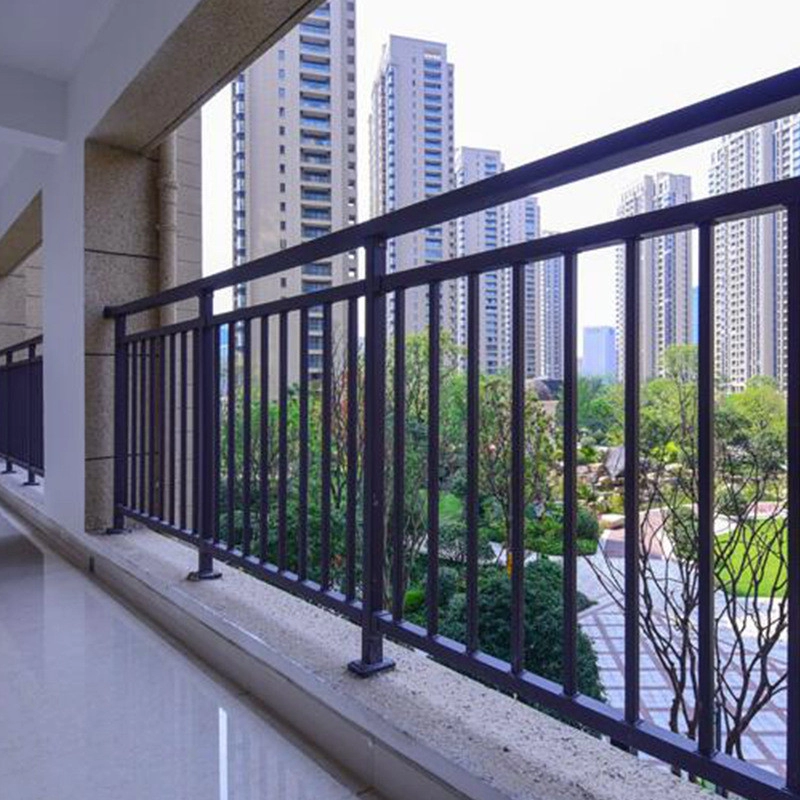
Ever slipped on stairs without handrails? It’s terrifying. Stainless steel handrail stairs prevent 27% of staircase accidents according to Home Safety Council data. Unlike wood or iron, they won’t rot or rust. Our team installed them in a 2025 coastal project where salt air destroyed traditional rails in months.
Basic 304 works for indoor use, but coastal homes need 316. Why? Molybdenum content fights salt corrosion. A client saved $4,200 long-term by choosing 316 for their beach villa. Check your steel mill certification!
| Feature | Grade 304 | Grade 316 |
|---|---|---|
| Corrosion Resistance | Good | Excellent |
| Saltwater Suitability | Not recommended | Ideal |
| Cost Difference | Base price | +18-22% |
Follow these steps for perfect stainless steel handrail stairs:
Modern stainless steel handrail stairs aren’t hospital-like. Frosted glass infills create luxury, while cable systems suit industrial lofts. Surprisingly, 40mm diameter feels best for grip according to ergonomic studies.
“Stainless means maintenance-free” – false! Fingerprints show on brushed finishes. Monthly cleaning with pH-neutral cleaner prevents buildup. Avoid vinegar-based solutions; they damage passive layers.
Q: How often should I inspect stainless steel stairs?
A: Professional inspection every 3 years, DIY checks quarterly
Q: Can I install them on existing wooden stairs?
A: Yes! Retrofit kits with clamp-on posts are available
Q: Are they suitable for spiral staircases?
A: Absolutely – cold bending techniques allow 360° designs
For commercial-grade stainless steel handrail stairs, explore engineered solutions at Guangdong Weiting Metal.